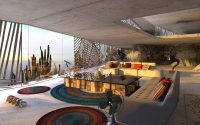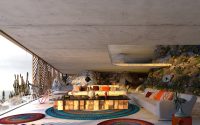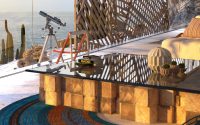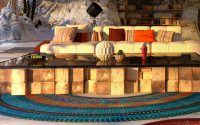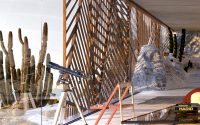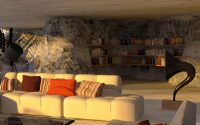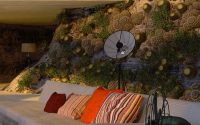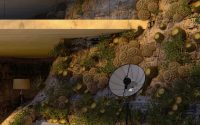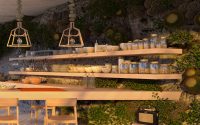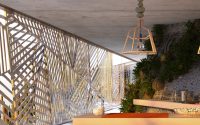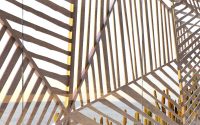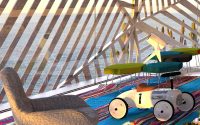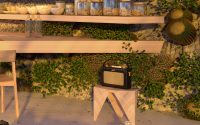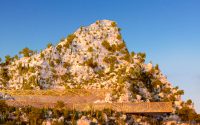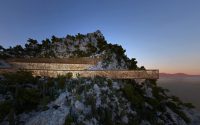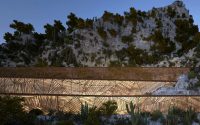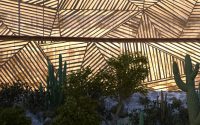Mugu House by Malka Architecture
Mugu House is an inspiring studio situated in Malibu, California, designed in 2017 by Malka Architecture.

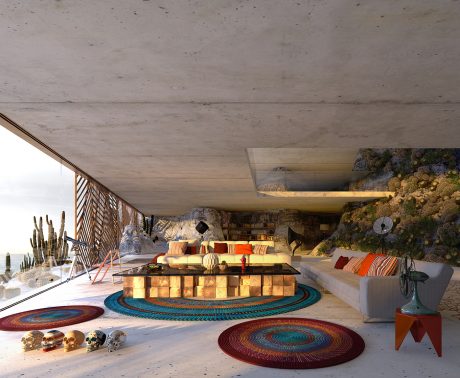
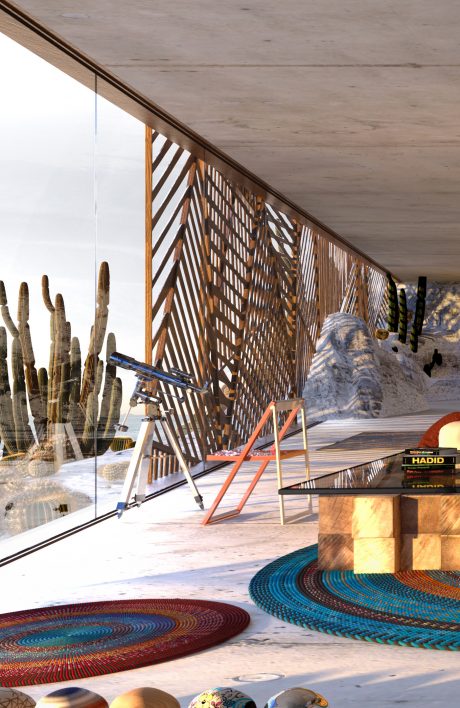
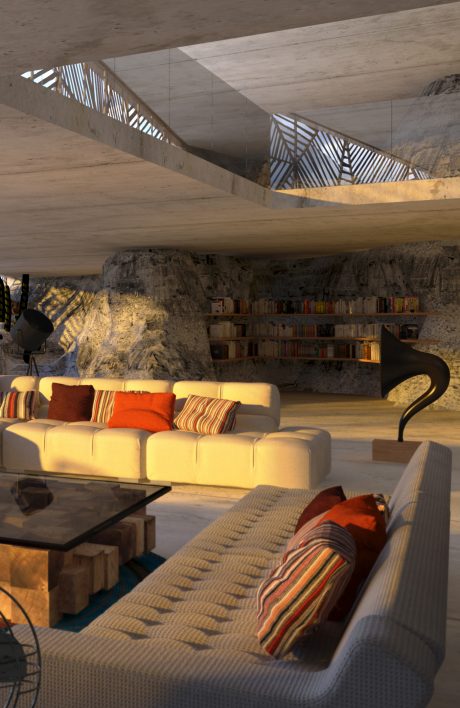
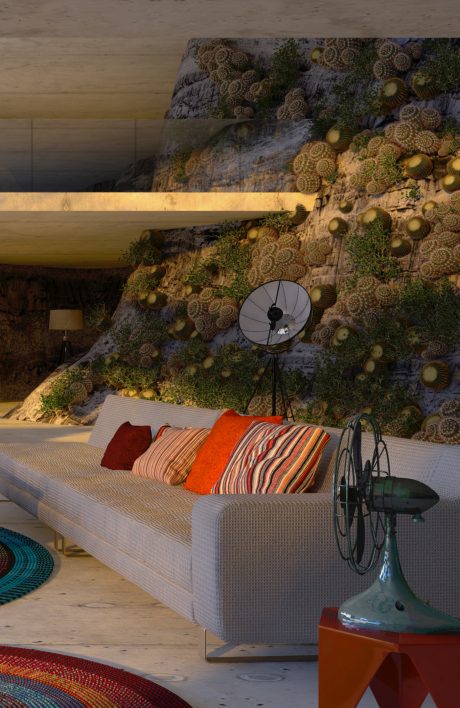
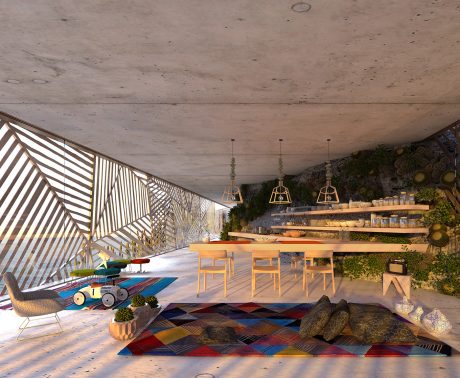

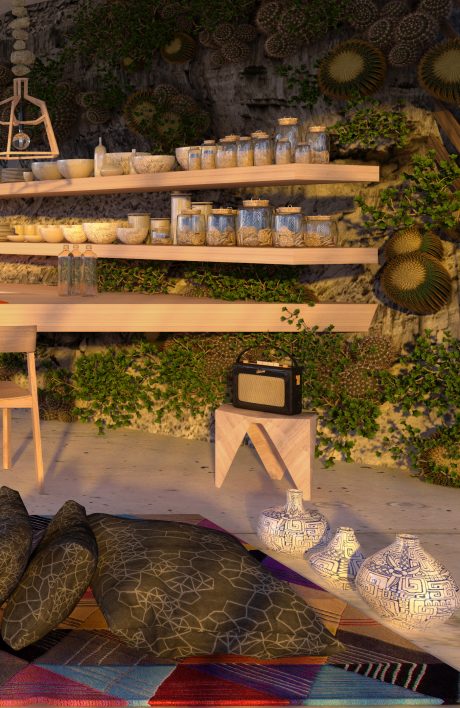
About Mugu House
Mugu House sits 50 miles (80 km) from Los Angeles at Mugu Point, California. Here, Malka Architecture has recently inaugurated its new studio. The house perches on the rugged terrain of Malibu Hills.
Ecological Design
The design takes full advantage of the site’s natural topography, ensuring zero impact on the surrounding environment. This eco-friendly project merges seamlessly with the rocks, native vegetation, and the area’s temperature fluctuations.
Sustainable Construction
Mugu House reflects a fundamental approach to architecture that engages with natural elements and the rugged mountain terrain. The structure features lightweight, prefabricated alveolar concrete. This concrete, primarily made from local sand and aggregates, contains only 7% cement. Remarkably, it cuts CO2 emissions by 28 times less than traditional concrete, significantly reducing the ecological footprint.
Innovative Features
Construction of the house is straightforward and eco-friendly. It promises a clean, cost-effective, and sustainable setup without waste, thanks to manual assembly. The design incorporates minimal internal walls. Instead, the mountain’s natural contours shape the internal spaces.
The house extends the mountain’s presence into each room, creating a constant reminder of our role as nature’s guests.
Living with Nature
Large bay windows on the main façade immerse residents in the ocean views and the vast Californian landscape. This feature forms a visual connection with the horizontal expanses outside.
Additionally, the house includes a unique “double skin” made of wooden sunscreens. These screens feature an Amerindian tribal design with removable triangular units. They provide varying degrees of shade and solar control, blending historical significance with functional modern design.
In conclusion, Mugu House not only connects nature and history but also emphasizes sustainability and respect for the land. It reinterprets the myth of the original shelter through a contemporary dialogue with nature, symbolizing a return to the foundational elements of architecture on the American Continent.
Visualizations by Stéphane Malka
Visit Malka Architecture
- by Matt Watts